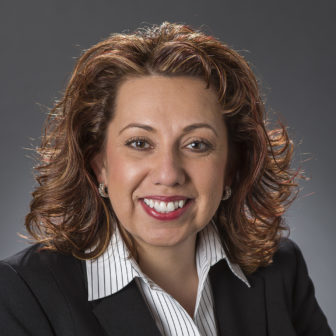![]() Nearly 25% of our population are teens and young adults in the most important developmental sprint of their lives. But rather than helping young people realize their great potential to become successful adults who contribute to our country’s future, too often we’re unwittingly cutting their progress off just before the finish line.
Nearly 25% of our population are teens and young adults in the most important developmental sprint of their lives. But rather than helping young people realize their great potential to become successful adults who contribute to our country’s future, too often we’re unwittingly cutting their progress off just before the finish line.
For more information on Racial-Ethnic Fairness, go to JJIE Resource Hub | Racial-Ethnic Fairness
The recent release of “The Promise of Adolescence: Realizing Opportunity for all Youth,” a comprehensive look at emerging adolescent science from the National Academies of Science, Medicine and Engineering, shows this is especially true for young people of color who have been involved in foster care and juvenile justice systems. Professionals who dedicate their careers to these systems usually do so because they want to help. But their training and the structures in which they operate are missing a critical component. The report and the research make clear that from schools to workplaces to law enforcement, child welfare and juvenile justice systems, many front-line workers are operating without the knowledge of adolescent development they need to equip young people for success.
The adolescent brain thrives on permanent relationships and new, positive experiences that pave the way for development of greater autonomy and secure identity. Our youth-serving systems unfortunately are not equipped to provide these things, let alone overcome the historical bias and racism that inhibit young people of color from achieving their dreams.

Sandra Gasca-Gonzalez
For more information on dual status youth, go to JJIE Resource Hub | Dual Status Youth
According to the report, child protection workers are more likely to remove children and youth of color from their homes and less likely to offer services to families of color that would prevent young people from being removed. Without effective responses for our youth, involvement in child welfare systems is a pathway to juvenile justice systems for youth of color, particularly for girls. Law enforcement surveys show police departments typically offer their officers little to no training on how to respond to teens and young adults.
The report also shows us that the interactions professionals have with our young people make a critical difference. Young people become increasingly aware of and attuned to their social status during adolescence. The way they are treated — particularly by officials who have power over them and their families — can do immense good or cause enduring harm. Maximizing the promise of adolescence means extending that care to the families of young people and helping to maintain or strengthen those relationships, which can also be pivotal in a young person’s trajectory.
The promise we continue to make and break is that the child welfare system can work for older youth, when it was never designed for them. It’s an insufficient substitute for the promise a parent makes and that every young person needs — to love them, cheer them on when they succeed, support them when they fail and stand by them for life.
The good news of “The Promise of Adolescence” is that effective policies and practices can make a difference, even for young people who have experienced setbacks and trauma. The research shows the adolescent brain is primed for recovery and resilience. But young people can’t do this alone. They need the adults around them to support them, so they can turn into supportive adults themselves. They need professionals to understand that they may make mistakes but are capable of learning and growing. To support dedicated professionals and their instincts to help, we must create systems that propel and reward development-informed approaches.
When we talk about people with promise, we mean someone has the quality of potential excellence. We usually mean someone specific, maybe someone we know. But what if the word promise automatically applied to every young person from 14 to 25? What if every professional working with youth and young adults understood that with guidance, education and support, each of these young people, no matter their race, their circumstances or where they came from, literally has the built-in brain power to adapt, learn and thrive?
The science is clear: The adolescent brain is perfectly designed to do its job of building to adulthood. Let’s get better at doing ours.
Sandra Gasca-Gonzalez is vice president of the Center for Systems Innovation at the Annie E. Casey Foundation, a national philanthropy that develops solutions to build a brighter future for children, families and communities.

Great reminder of our responsibilities and opportunities for youth!